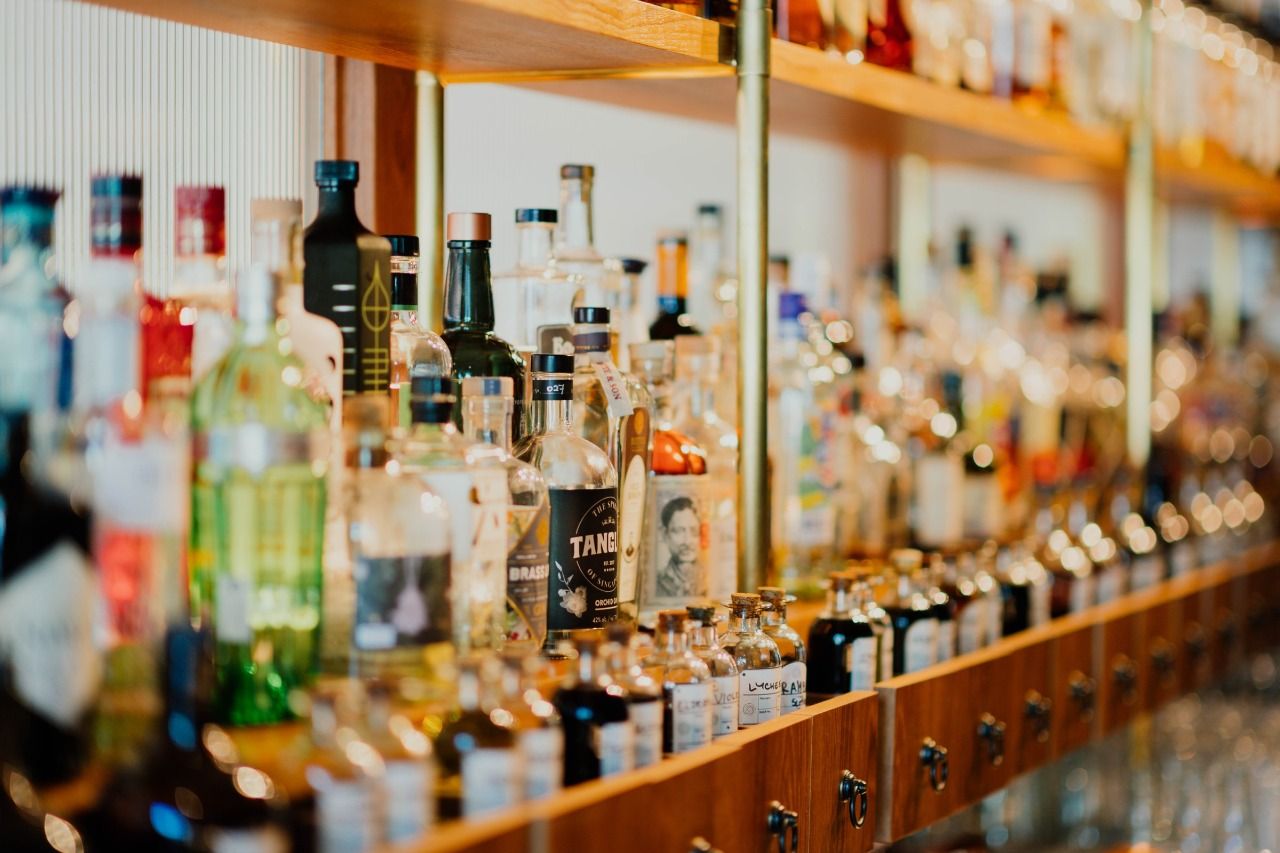Policy focus on traditional alcobev can open new opportunities to North-East
Subhajit Poddar
Post On > Dec 14 2021 1887

Like all traditional economies, northeastern India has a long history in brewing alcohol. Locally made beers, wine and spirits in the region have not only a distinct taste and aroma but also health benefits. Besides social drinking, alcohol is also consumed during celebrations and performance of rituals. In fact, the traditional beverages prepared in these states are no less alluring.
Among the country's three alcohol hot-spots, North-East tops the list in terms of consumption, followed by Chhattisgarh, Odisha, Jharkhand and Telangana, and the southern states of Tamil Nadu and Kerala. However, at all-India level, a latest study by ICRIER revealed that UP has the highest number of alcohol consuming population followed by West Bengal in the second position. (August 2021).
Besides wine and spirits, the percentage of manufacturing of rice-based beer is the highest among various communities in the region. Rice beer is an ethnic symbol of North-East India’s rich and diverse culture. Brewed using traditional methods, rice beer is consumed by the natives of North-eastern tribal communities inhabiting the mountains and foothills of The Himalayas.
These fermented rice beverages go by various names in different tribal communities. For example, they are called Chubitchi by the Garos of Meghalaya, Apong by Misings of Assam (as also of Arunachal Pradesh) and Adi tribes of Arunachal, Zutho by the Angamis tribe of Nagaland. Misings consume Apong most during annual festivals, weddings and on joyous occasions.
Meghalaya has another rice based alcobev called Kiad um. It is mostly consumed by the elders during the naming ceremonies of babies. However, a concentrated version of Kiad um with 70% alcohol has been banned by the state government, though one can buy it from the illegal market.
Consumption pattern
Alcohol is not regarded as a taboo in the North-East; it is rather cherished and consumed with family and friends. As per the Union government's 2019-20 Health & Family Welfare statistics, north-eastern states have high consumption of alcohol and tobacco. Assam ranks higher in terms of consumption with 26.3% by women and 59.4% by men between 15-54 years of age. The percentage happens to be the highest in the country against the national percentages for the same age group at 1.2% and 29.5%, respectively.
India has an estimated alcohol consuming population of around 160 million. Among the north-eastern states, hard liquor consumption is on a high in Mizoram, Meghalaya and Nagaland. And Sikkim is the topmost state in the region when it comes to consuming beer and wine.
Besides, the percentage of female drinkers in the region is also highest vis-a-vis the other regions of the country. Sikkim (23%) again leads the chart of women consuming liquor in the country, followed by Assam. The percentage of men drinking alcohol is highest in Arunachal when compared to the other north-eastern states.
According to Vishal Deorah, Managing Director, The Whiskey Company, Guwahati, value proposition of North East market is rising due to premiumization. “People are drinking less, but drinking better,” he was quoted saying recently.
From Japanese whiskeys to ultra-aged single malts to craft beer, the regional consumption follows global trends. Alongside, there is high acceptance of Asian spirits –such as Sake, Soju and rice beer – which pair well with the local cuisine.
The Way Forward
Numerous communities live in North-East India. Most of these communities have traditional alcoholic beverages. Despite heavy local demand, these local alcobevs have not been duly promoted by the region's state governments so far.
Of late, these beverages have become a part of traditional food festivals but they need much more branding and marketing to be made nationally and internationally acceptable. In this context, international companies can play a vital role in packaging and marketing the locally produced brews, wine and spirits, something similar to what China has done for its locally brewed beer. Cost wise also they will be competitive in the market.
Besides, exporting these products can also be considered over a period of time. This can help tackle production and sale of illicit liquor in the local market. Not only that, it will also help to solve the unemployment problem and create job opportunities for tribal women who are involved in the alcohol production process to a certain extent. This will also improve the revenue earnings of the excise departments of the states in the region.
Policy level intervention from both the state and central governments can help the alcobev industry to flourish in the North-East.
** Subhajit Poddar is an expert on business and industry. He is based in Guwahati. Views are personal.
** Photo by CHUTTERSNAP on Unsplash.

123
2025-07-27 20:33:14

asd
2025-07-27 20:31:39

Northeast Energy Scenario Part-1: Paradigm shift in petroproduct availability and consumption
2023-03-28 16:22:05

Consolidation of 'indigenous' votes aligned Tripura's political landscape with the rest of the northeast.
2023-02-16 08:51:53

Why Kolkata doesn’t have a Unicorn ?
2023-01-28 09:53:57

Social media literacy should be mandatory in UG curriculum
2022-11-30 12:00:53
